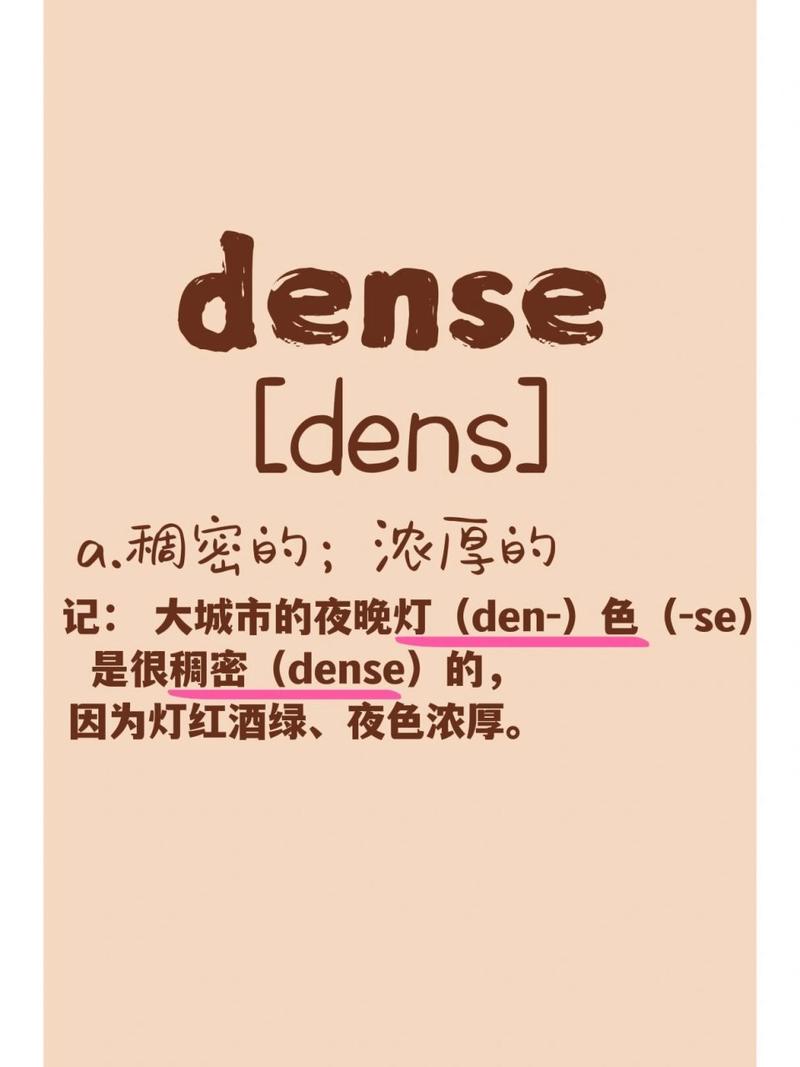Understanding Adense: A Comprehensive Overview
Adense, a term that has gained significant traction in recent years, refers to a dense, compact, and efficient way of organizing data. Whether you are a tech enthusiast, a data scientist, or simply someone looking to understand the intricacies of modern data management, delving into the concept of adense can be incredibly beneficial. In this article, we will explore the various dimensions of adense, providing you with a detailed and insightful understanding of this fascinating topic.
What is Adense?
Adense is a method of data organization that focuses on maximizing efficiency and minimizing resource usage. It is designed to handle large volumes of data in a compact and efficient manner, making it an ideal choice for applications that require high performance and scalability. At its core, adense is a data structure that allows for quick access and retrieval of information, while also ensuring data integrity and security.
How Adense Works
Adense operates by utilizing a combination of data compression, indexing, and caching techniques. Here’s a breakdown of how these components work together to create an effective adense system:
-
Data Compression: Adense employs advanced compression algorithms to reduce the size of the data stored on disk. This not only saves storage space but also improves data transfer rates and processing times.
-
Indexing: To facilitate quick access to data, adense uses indexing techniques that create a map of the data structure. This allows for efficient searching and retrieval of information, even in large datasets.
-
Caching: Adense incorporates caching mechanisms to store frequently accessed data in memory. This reduces the need to fetch data from disk, resulting in faster response times and improved overall performance.

Applications of Adense
Adense has found applications in a wide range of industries and domains. Here are some notable examples:
-
Big Data Analytics: Adense is particularly useful in big data analytics, where large volumes of data need to be processed and analyzed efficiently. Its ability to handle vast amounts of data in a compact format makes it an ideal choice for big data applications.
-
Database Management: Adense can be integrated into database management systems to improve performance and scalability. By reducing the storage footprint and optimizing data retrieval, adense helps organizations manage their data more effectively.
-
Cloud Computing: In the context of cloud computing, adense can be used to enhance the performance of cloud-based applications and services. By optimizing data storage and retrieval, adense helps reduce latency and improve user experience.
Advantages of Adense
Adense offers several advantages over traditional data management methods. Here are some of the key benefits:
-
Efficiency: Adense is designed to be highly efficient, allowing for quick access and retrieval of data. This makes it an ideal choice for applications that require high performance and scalability.
-
Scalability: Adense can handle large volumes of data without sacrificing performance. This makes it a suitable choice for applications that are expected to grow in size over time.
-
Cost-Effective: By reducing the storage footprint and optimizing data retrieval, adense can help organizations save on hardware and infrastructure costs.
Challenges and Limitations
While adense offers numerous benefits, it also comes with its own set of challenges and limitations:
-
Complexity: Adense can be complex to implement and maintain, requiring specialized knowledge and expertise.
-
Compatibility: Adense may not be compatible with all existing systems and applications, requiring additional integration efforts.
-
Performance Overhead: While adense can improve performance in many cases, it may introduce some overhead in certain scenarios, particularly when dealing with small datasets.
Conclusion
Adense is a powerful and efficient method of data organization that has the potential to revolutionize the way we manage and process data. By leveraging advanced techniques such as data compression, indexing, and caching, adense offers numerous benefits, including improved performance, scalability, and cost-effectiveness. However, it is important to consider the challenges and limitations associated with adense before implementing it in your organization. With the right approach and expertise, adense can be a valuable asset in your data management strategy.
